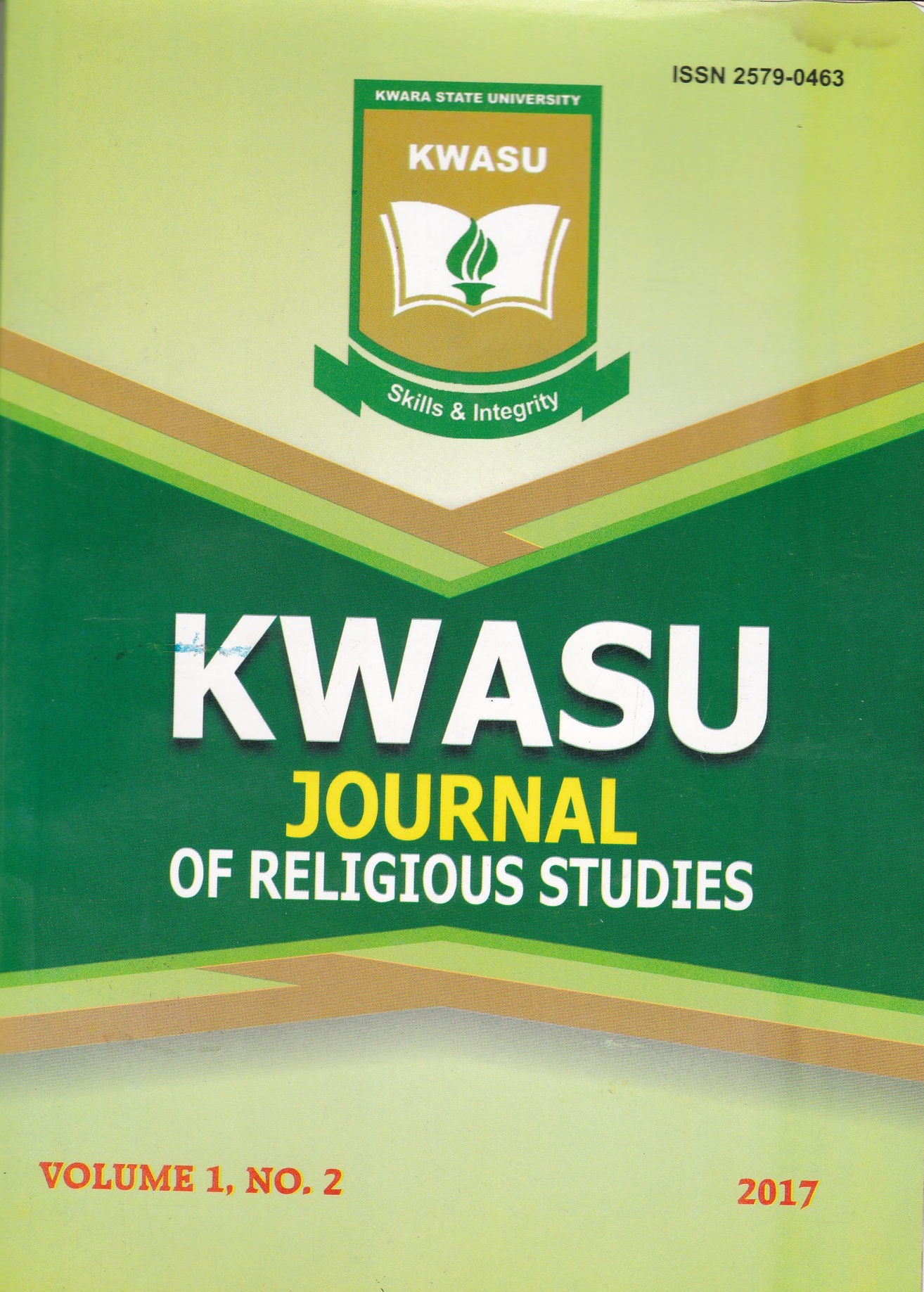Women’s Inheritance Rights in Yoruba Custom and the Islamic Law: A Comparative Analysis
Keywords:
Inheritance rights, Women, Yoruba, Islamic law, idi-igiAbstract
Inheritance is an age-long tradition in the human society. Although the inheritance custom differs from one culture to another, it is established that in most cases women receive the brunt of the traditions. This is particularly the case in the Yoruba custom. It is yet note-worthy that Islam gained prominence in Yorubaland and Muslims constitute a simple majority of the population. Traditionally, the Yoruba people have their established inheritance system while Islam has its distinct legal provisions on estate distribution which supposedly should be embraced wholly by all its adherents regardless of race, colour and gender. This scenario and the inescapable influence of one culture on the other often generate conflict of interest in estate distribution among the Yoruba Muslims where syncretism is deep rooted. Generally, women are the most vulnerable in such conflicts. This prejudice prompts the need for a comparative study on the provisions of the two systems on the women's inheritance rights with a view to distinguishing the pristine teachings of Islam and advocate its entrenchment among the Muslims. The research involves interview, observation, and analytical studies of relevant library materials and court records. Findings revealed that the Yoruba custom exploits the women folk while the Islamic law provisions guarantees their inheritance rights. The paper concludes on the recognition of the Islamic legal dispensation as a revolution that protects the interest of women and it therefore proffers recommendations for upholding it among the Yoruba Muslim women.



